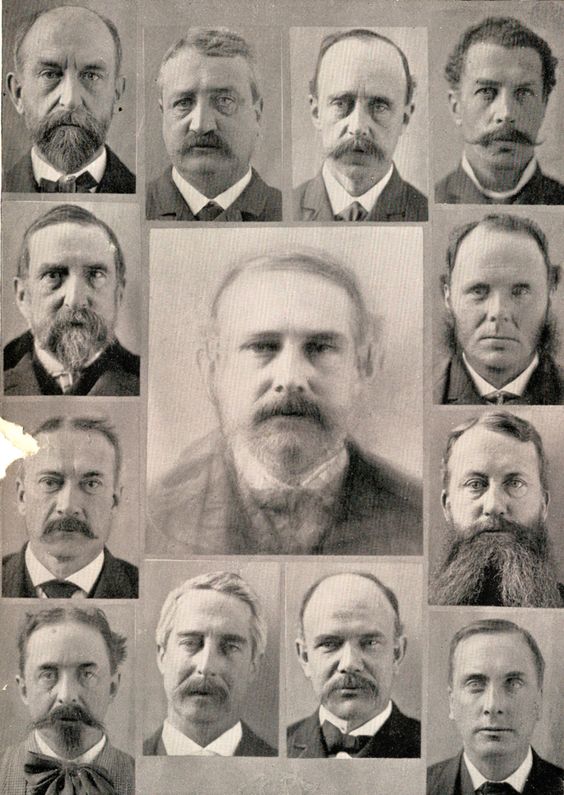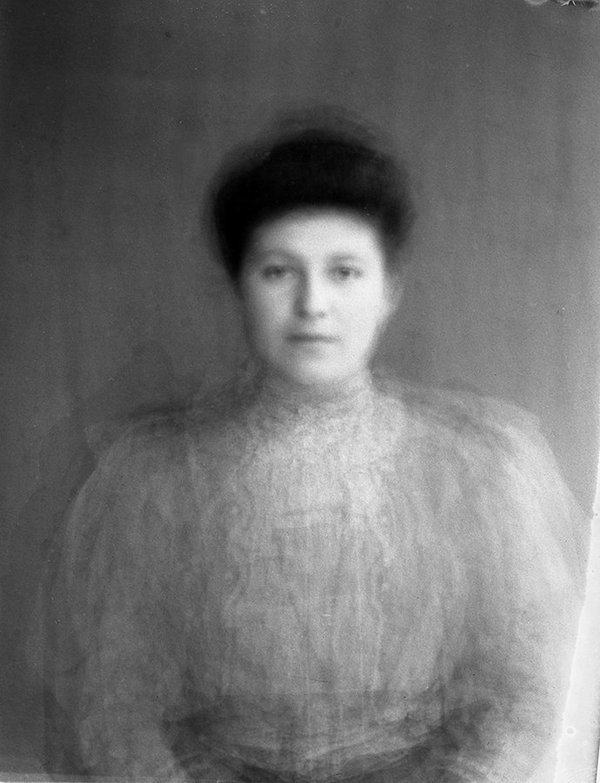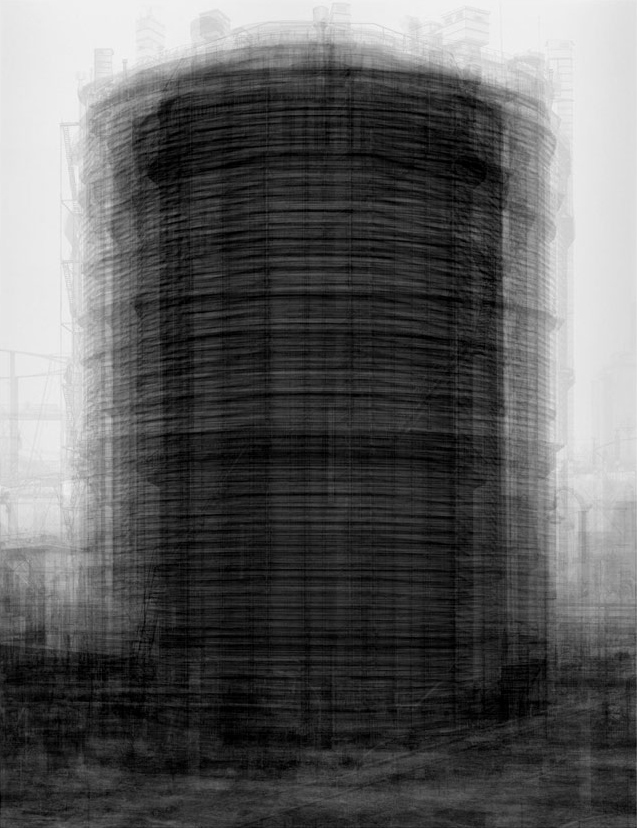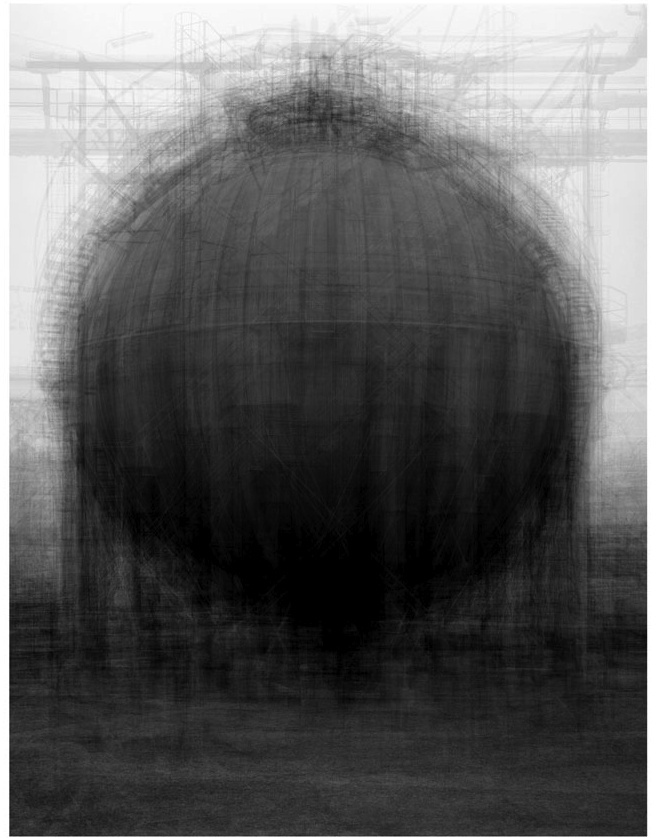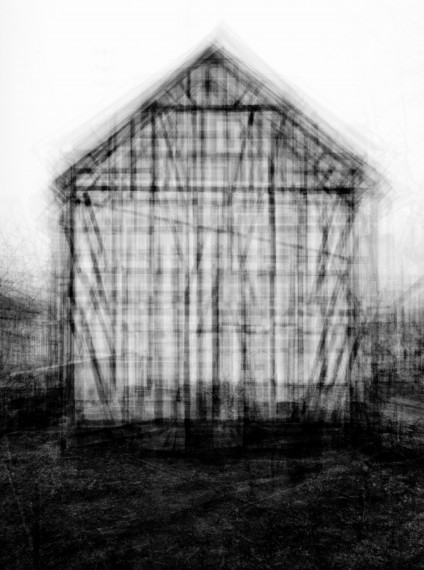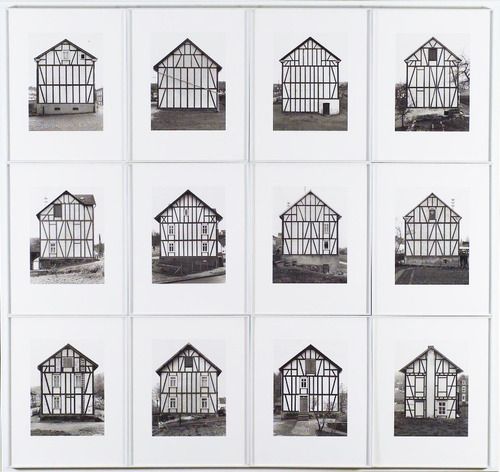Artist Blog
Every week an artist whose single image was published by Der Greif is given a platform in which to blog about contemporary photography.
Perception, Lies and Reality: Multiple exposure
Jun 03, 2017 - Jennifer Niederhauser Schlup
»Blank«, the body of work presented in the Artist Feature this week, came out of my master thesis research, which addresses the notion of truth and perception in photography. I will thus be posting a few short excerpts from this essay throughout my take over of the artist blog.
Multiple exposure
[…] This category is composed of photographers, who use multiple exposures or the layering of various shots in one single image. It is a way to show both some sort of permanence – at the core of every being or object – and a state of perpetual change. It illustrates to a degree Barthes’ sudden and utopist urge for the image and the self merging in the photograph: «what I want, in short, is that my (mobile) image, buffeted among a thousand shifting photographs, altering with situation and age, should always coincide with my (profound) «self»».12 It is a way to search for the enduring things that underlie all individualities or categories, as though there are similarities at the basis and differences only in futile and ephemeral details. We are faced here with a kind of «invisible»: that of the core of the self or thing – which emerges through these composite portraits – and that of the ghost like resemblances that appear in the photographs. These images find themselves radically opposed to the idea of photography as a mirror of the world: they bring together numerous moments diverging in time and space in an attempt to give a vision closer to another reality. They allude to a truthH that cannot be found in one well-chosen moment frozen in time, rather to one that undergoes perpetual change. It is only by bringing together diverging moments that we may hope to grasp the essence of the actual state of things.
The photographs of Idris Khan are a very good example of the idea that there are types of individualities and objects, which become clear only through a layering of images. Using the images taken by Bernd and Hilla Becher, Khan’s photographs seem to draw further attention to the infinite richness of variations of the functional architecture displayed in the original photographs. The images resemble sketches, displaying the multiple attempts needed to achieve a final shape, hinting at the great amount of constructions built over time. They have no definite outlines and still there seems to emerge a common shape at the basis of all the layered images. They become a new way of creating typologies, and allude to Gamboni’s observation that «superimposition was seen to have heuristic value and might even enable the reconstitution of the authentic image of a historical character through identification of the common features of [this] surviving portraits».13 It is truly surprising how all the trivial details (elements in the background, fine details on the surface, etc.) have disappeared in Khan’s images, to leave only a black shape against a grey background. The details so important in Henri Cartier-Bresson’s vision of the decisive moment have lost all consistence and left room for a more general and permanent interpretation. Khan is indeed reenacting what Francis Galton and Arthur Batut did with people at the end of the 19th century when they superimposed images of inhabitants of various villages, families or people with specific personalities in an attempt to outline a «type» of people in these families, tribes, races, etc. […]
H – Truth: honest facts, things as they are | in accordance with facts or reality | accurate, exact,
no interpretation or personal intervention
12 – p.12 BARTHES, Roland. Camera Lucida. London: Vintage Classics, 2000
13 – p.162-163 GAMBONI, Dario. Potential Images: Ambiguity and Indeterminacy in Modern Art. London: Reaktion Books, April 4, 2004


